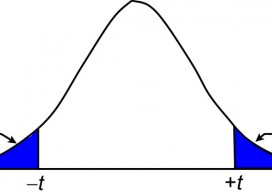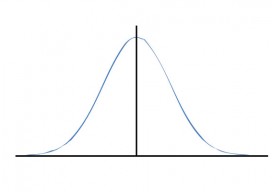Tag Archives: statistics
A Correctly Weighted Least Squares Adjustment, Part 4
Correct Weights In previous articles (January, February, and April 2016) I discuss the unreliability of standard deviations when they are computed from a small sample of observations and their use in developing the stochastic (weight) model for a least squares adjustment. This is followed with how to: (1) estimate errors in centering an instrument over...

A Correctly Weighted Least Squares Adjustment, Part 2
Estimating Uncertainties In the previous article (January 2016), I point out the unreliability of sample standard deviations as estimates for population standard errors when the number of repeated observations is very small, which is typically the problem in surveying. In this article I look at how we can estimate the standard errors for observations based...

Sampling Statistics
The Chi-squared Distribution In my most recent article (August 2015), I discuss Student’s t distribution and how its properties can be used to isolate blunders in observations. Another sampling distribution that is commonly used in least squares adjustments is the χ2 (chi-squared) distribution. It appears in the form of what is typically called the “goodness of fit”...

Surveying Statistics
The t Distribution, Part 2 In the previous article (July 2015), I introduce the concept of sampling distributions and the need to use these distributions to analyze small samples of data. In surveying, observing small samples is typical where angles are often observed only two or four times, and repeated distance observations simply means pushing...

Surveying Statistics
The t Distribution, Part 1 In my previous article I discuss the normal distribution and how its properties can be used to isolate blunders in observations. Recall that the normal distribution is based on an infinite number of observations. However, in practice we never collect a population of data but rather a small sample from...

Surveying Statistics
Part 2: The Normal Distribution Part 1 of this series appeared in the May 2015 issue. Errors in observations can be classified as systematic or random. Systematic errors follow physical laws and can be mathematically corrected or removed by following proper field procedures with instruments. For example, the expansion or contraction of a steel tape...
